
Cervical spine osteochondrosis or cervical osteochondrosis is a degenerative-dystrophic genesis disease that affects the intervertebral discs and cervical vertebrae with the formation of protrusions and intervertebral hernias, which eventually leads to spinal cord dysfunction and is often the cause in patients. disability.
Structural features of the cervical spine
The spine is the bone from which the vertebral column is constructed. Each vertebra has a body that carries the entire load, the vertebral arch, the transverse and spinous processes.
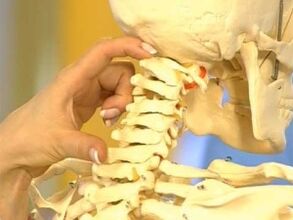
The vertebral arches form the vertebral canal through which the spinal cord passes. Spinal processes are designed to anchor the back muscles.
There are also anterior and posterior ligaments that connect the vertebrae together.
The intervertebral disc is a round flat structure consisting of a fibrosus annulus and a pulposus nucleus, the main function of which is shock absorption. The intervertebral disc is located between the vertebrae.
A facet joint is a transferable connection of two adjacent vertebrae processes. Facet joints give flexibility to the spine.
The intervertebral foramen is a foramina formed by the structural elements (legs, articular processes) of two adjacent vertebrae and intended to exit the radicular nerve of the spinal cord.
There are paravertebral muscles to support the spine and its various movements.
The cervical spine is the uppermost and most mobile part of the spine, consisting of seven vertebrae and having a C shape due to forward bending (cervical lordosis).
All head movements - inclined, twisted, round, are provided by this part of the spine.
Attract! In addition, the cervical spine is the most traumatic part, because the cervical vertebrae have low strength and weak muscular apparatus, compared to the others.
For the same reason, osteochondrosis of the cervical spine often occurs.
Prevalence of cervical osteochondrosis
Osteochondrosis of the cervical spine affects the working -age population over 30 years of age. The disease is more common in women than men.
According to the World Health Organization, 40-90% of the world’s population suffers from osteochondrosis.
Important!Every second patient with osteochondrosis has dystrophic and degenerative changes in the spine in the cervical spine.
Causes of osteochondrosis of the cervical spine
Osteochondrosis can be called an homage to a person’s ability to stand and walk on two legs. This opinion is confirmed by the fact that not a single animal that walks on four legs suffers from osteochondrosis.
Although there are modern methods for diagnosing diseases and in -depth knowledge of human anatomy and physiology, it is still not possible to establish a specific cause of osteochondrosis.
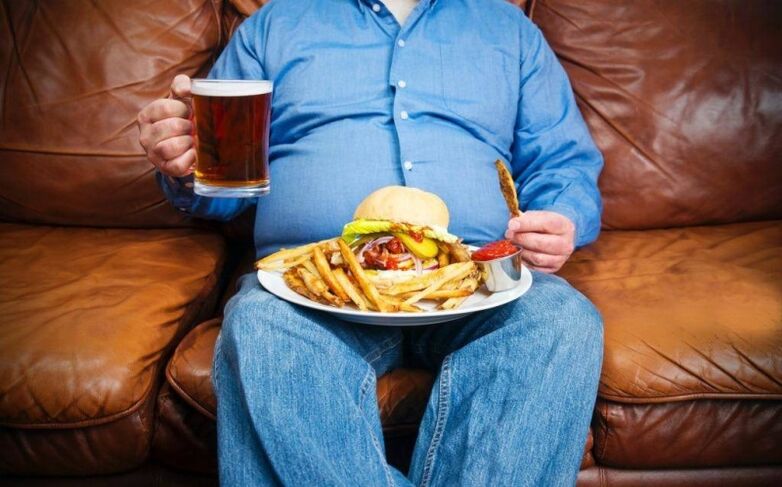
But reliable factors are known that lead to degenerative-dystrophic changes in the spinal column. These include the following:
- a person’s mobile lifestyle is inadequate, leading to weakness of the back muscle apparatus. Often, office workers, cashiers, salespeople, and drivers suffer from osteochondrosis;
- hard physical labor;
- mechanical injuries to the back;
- genetic predisposition to osteochondrosis;
- overweight and obesity;
- neuropsychic stress;
- improper exercise in the gym;
- beriberi, micronutrient deficiency, metabolic disorders;
- improper nutrition;
- the presence of diseases of the kidneys, digestive and endocrine systems;
- contagious disease;
- frequent body hypothermia;
- congenital and acquired immune deficiency.
Pathogenesis (mechanism of development) of cervical osteochondrosis
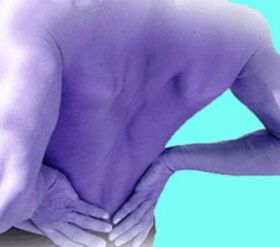
Almost all contributing factors in the development of osteochondrosis lead to back muscle spasm. In contrast, muscle spasm disrupts the blood supply and metabolism of vertebral bone tissue and intervertebral discs.
Thus, dystrophic changes occur, in other words, drying, dehydration and loss of elasticity of the vertebrae and intervertebral discs.
Further pressure on the spine leads to flatness, protrusion (protrusion beyond the annulus fibrosus) of the intervertebral disc.
No less important in the pathogenesis of cervical osteochondrosis is the load from holding and moving the head.
The load on the cervical vertebrae is very large, because the average weight of the head is 3-5 kg, and their bone tissue, unfortunately, brittle and thin.
Also, the development of osteochondrosis is facilitated by technical advances - smartphones, tablets, e -books, if bending while using this tool.
The intervertebral disc is unable to perform spinal amortization efficiently, therefore, a compensatory mechanism is triggered.
Important!One of these mechanisms is the proliferation of osteophytes and the development of spondylosis.
False joints can also form along the posterior surface of the vertebrae of the cervical spine - uncovertebral arthrosis.
All of these processes eventually lead to a decrease in cervical lordosis (hypolordosis), protrusion and intervertebral discs, which sooner or later become the main cause of a person’s disability or require immediate surgical treatment.
The pathogenesis of cervical osteochondrosis can be divided into four stages:
- Onset of cervical vertebral instability;
- The formation of protrusion of the intervertebral disc, a decrease in the intervertebral fissure, the beginning of the destruction of the annulus fibrosus, leading to pinching of the nerve, which manifests itself in pain in the neck;
- The fibrous annulus is completely destroyed and the nucleus pulposus crosses its border, thus, an intervertebral hernia is formed and the spine becomes deformed;
- Level of disability. The spine grows together. The patient has difficulty moving. Sometimes things may improve, but not for long.
Symptoms and syndromes in osteochondrosis of the cervical spine
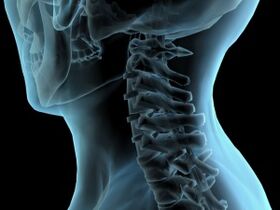
The main symptoms of cervical osteochondrosis include the following:
- persistent neck pain of a throbbing or painful nature, which may spread to the occipital area of the head, orbit of the eyes, ears and shoulder girdle;
- pain in the upper limbs, which increases as they move;
- stiffness of movement of the upper limbs, violation of their sensitivity (tingling, burning, numbness), weakness of muscle strength;
- morning stiffness in the neck;
- pain in the cervical spine when moving the head;
- periodic dizziness with cervical osteochondrosis, darkening of the eyes, loss of consciousness with sharp rounding of the head;
- tinnitus sensation;
- hearing and vision impairment;
- numbness and tingling in the tongue;
- cardialgia (pain in the heart), sometimes cervical osteochondrosis is mistaken for acute coronary syndrome. The difference is the lack of effect of nitrates;
- due to microcirculatory disorders and lack of tissue oxygen, connective tissue multiplies in the cervical spine, which is called "withering".
All symptoms of cervical osteochondrosis can be grouped into the following syndromes:
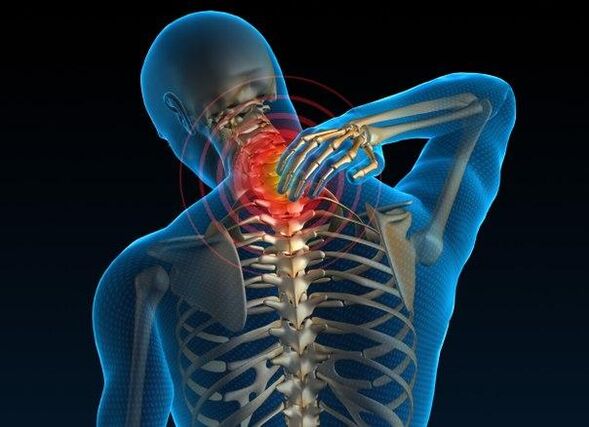
- reflex;
- radicular;
- radicular-vascular;
- spinal compression;
- cerebral.
Reflex syndrome consists of cervixgia - a strong pain in the neck, for which the patient is forced to correct the head and tense the neck muscles.
Feeling spinous processes, paravertebral points and intervertebral discs bring and / or increase pain.
Also, reflex syndrome is characterized by pain in the upper limb, occipital or temporal region of the head.
Radicular syndrome is a combination of sharp acute pain that increases with movement of the head and arises from pinching of nerves in the intervertebral foramen.
Radicular-vascular syndrome is characterized by vegetative-trophic disorders in the form of humeral-scapular periarthritis.
Patients worry about pain in the shoulder joint, stiffness of movement, affected skin sensitivity, swelling in the hands and wrist joints. Also, the patient should not bring his hands back.
Spinal compression syndrome occurs due to compression of the spinal cord and its vascular apparatus. Herniated discs, osteophytes, thickening of the yellow ligaments can cause this.
Attract!The patient experienced pain in the cervical-shoulder area, flaccid paresis in the upper part and spastic paresis in the lower part, impaired sensitivity.
Cerebral syndrome with cervical osteochondrosis combines several syndromes such as:
- diencephalic syndrome - increased irritability, neurasthenia, general weakness, insomnia, dementia. In severe cases, there is anxiety, numbness in the upper and lower extremities, increased sweating, chills;
- Posterior cervical sympathetic Barre syndrome or "cervical migraine" - a severe headache, such as migraine on half of the head with a background of dizziness, impaired vision and hearing, numbness in the hands.
- fainting syndrome - fainting with sharp rounding of the head;
- vestibular and cochlear trunk syndrome - dizziness, unstable when walking, nausea and even vomiting;
- visual disturbance syndrome - visual impairment, visual disturbances, flashing "dots", "flies" in front of the eyes.
Diagnostics of osteochondrosis of the cervical spine
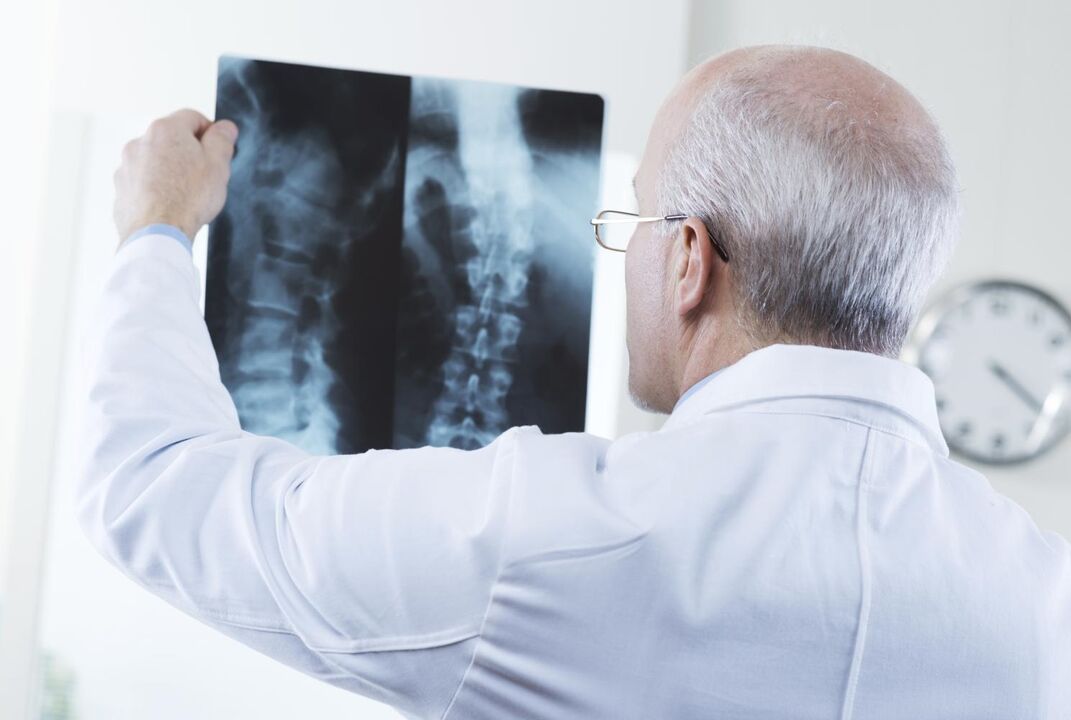
As with any diagnosis in medicine, the diagnosis of cervical spine osteochondrosis is established based on patient complaints, medical history, examination and additional research methods.
In addition to clinical examination, patients must undergo the following methods:
- X-ray of the cervical spine;
- Computed tomography of the cervical spine;
- Magnetic resonance imaging of the cervical spine;
- Doppler ultrasound examination of the cervical canal;
After the diagnostic steps, the doctor selects treatment tactics based on the diagnostic and analytical results.
Treatment of osteochondrosis of the cervical spine
Treatment of osteochondrosis of the cervical spine consists of the elimination of the radicular syndrome and the removal of the inflammatory process.

In the acute period of the disease, you must adhere to strict sleep rest. A soft mattress should be replaced with a hard one, or a wooden shield should be placed over it.
Drug therapy for cervical osteochondrosis is carried out using the following groups of drugs:
- non-steroidal anti-inflammatory drugs;
- chondroprotective group drugs;
- painkillers and anti-inflammatory gels and ointments;
- vitamin preparations - ascorbic acid, retinol acetate, tocopherol acetate;
- calcium supplies;
- drugs that increase microcirculation in tissues;
- muscle relaxants.
Treatment of cervical osteochondrosis includes the following methods:
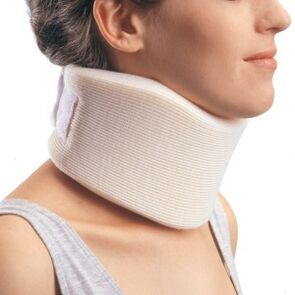
- wearing a special collar around the neck, which not only relieves the load from the neck, but also limits movement;
- stretch with a glisson loop - the patient's head, lying on the bed, is fitted with a glisson loop, and the head of the bed is raised by 20-30 cm. This procedure relaxes the spinal muscular corset, improves intervertebral fissures, releases pinched nerves;
- Manual therapy for cervical osteochondrosis should be performed only by an experienced manual therapist. Manual therapy is performed using relaxed and segmental massage techniques, mobilization, which restores damaged joint function, and manipulation to restore the full range of motion in the joint.
- physiotherapy methods for osteochondrosis of the cervical spine - diadynamic therapy, electrotherapy, laser therapy, shock wave therapy, balneotherapy, treatment with ultrasound and ultraviolet radiation, magnetotherapy and other methods.
- Physiotherapy for cervical osteochondrosis includes exercises to strengthen the muscular corset. Physical exercise is suitable not only for the treatment of osteochondrosis, but also for prevention. They can be done before bed at home, at the gym, at work and school during breaks.
Surgical treatment of cervical osteochondrosis
Treatment with surgical methods is indicated for severe radicular syndrome, which cannot be eliminated with medication, with increased motor and sensory function impaired in the upper limbs, as well as with spinal cord compression.
Important!Surgery to remove herniated and osteophyte intervertebral discs is widely used.
Prevention of osteochondrosis of the cervical spine
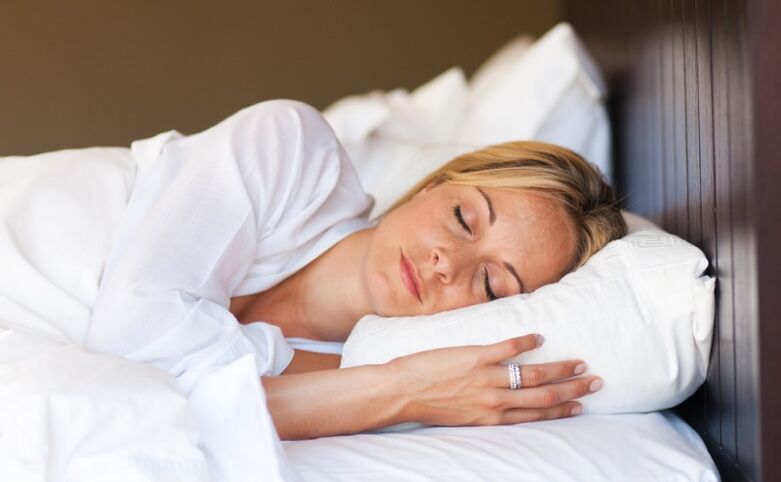
- healthy sleep on an orthopedic mattress;
- use low pillows;
- visit the sauna or shower regularly. Steam relaxes the neck muscles perfectly;
- you need to take a hot shower every day for at least 10 minutes;
- entry for sports, gymnastics, walking. Swimming, yoga, Pilates are great for this;
- all head movements should be precise, without sharp bends;
- distribute the load on the spine properly during physical labor and sports;
- rest and warm up during sedentary work;
- maintain proper posture while sitting at a desk or computer;
- chairs and tables should be appropriate for your height.



















